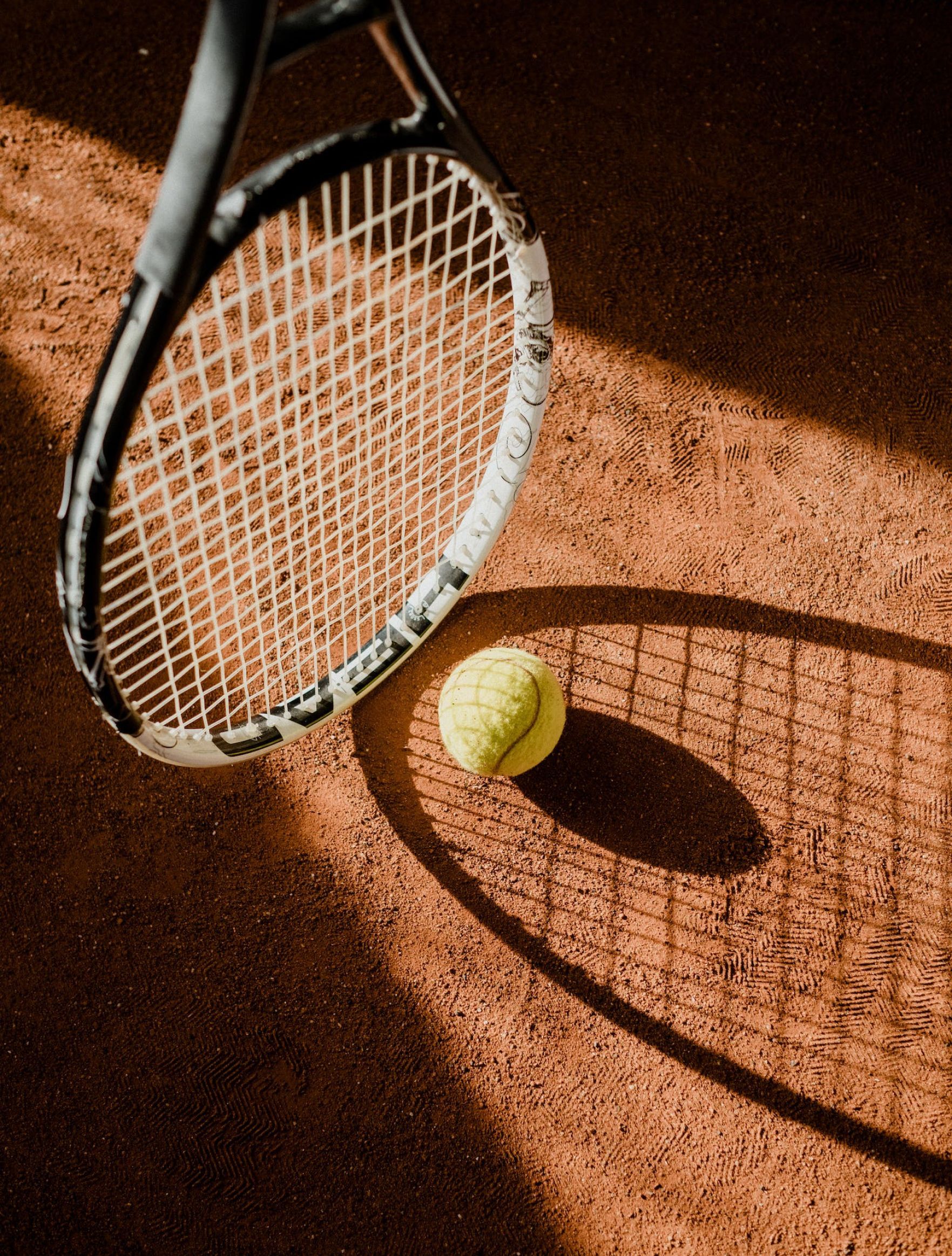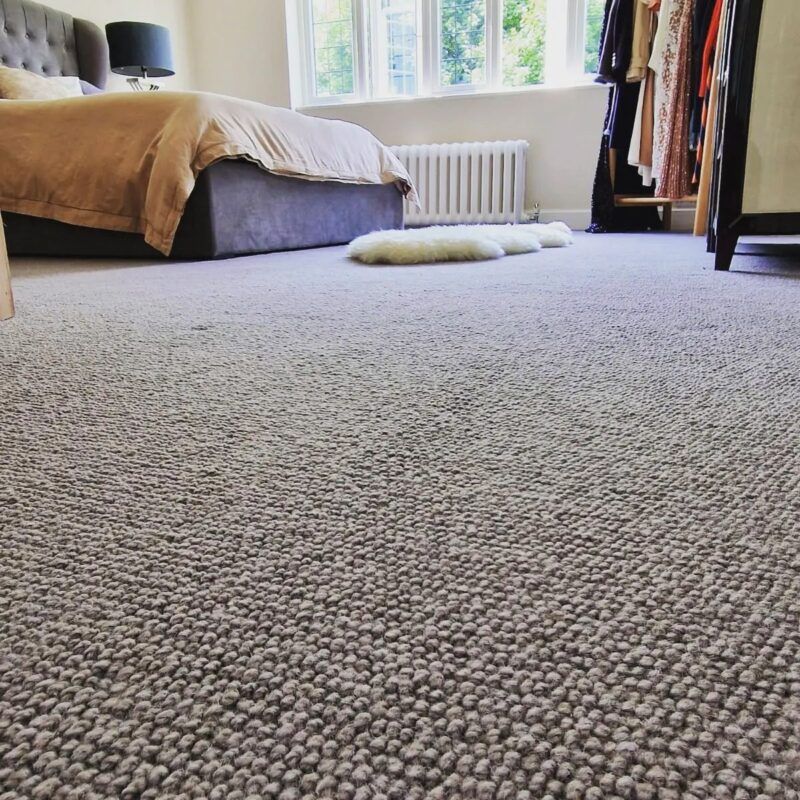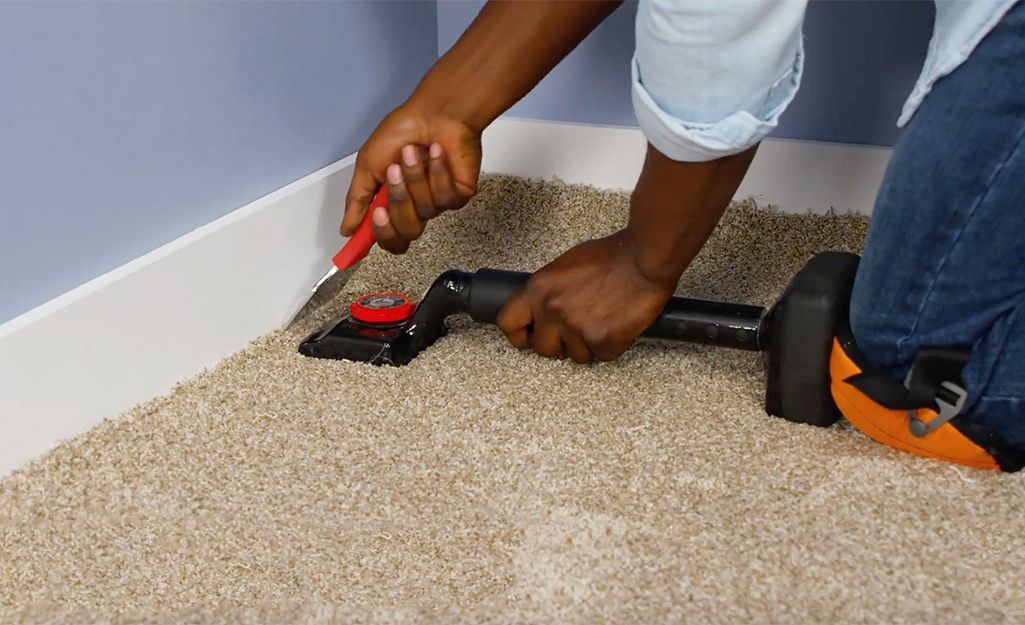Parquet Floor Restoration
Our expert technicians can repair damaged sections, fill gaps, and refinish your parquet flooring for a fraction of what replacement would cost. We've been restoring hardwood and parquet floors in the Sacramento area for years, using techniques that preserve the unique patterns and character of your original flooring.
You deserve floors that make you proud of your space. Parquet flooring is known for its distinctive geometric patterns and classic appeal, but over time, these beautiful floors can lose their luster. Our team uses specialized equipment and quality materials to sand away years of wear, fix any structural issues, and apply durable finishes that protect your investment for years to come.
We understand the value of your parquet floors and treat each project with care and precision. From historic homes in downtown Sacramento to modern offices in Roseville and Folsom, we've restored countless parquet floors to their original beauty. Contact us today for a free assessment and let us show you how we can transform your worn parquet into a stunning focal point of your home or business.
The Restoration Process
Restoring parquet floors requires specialized techniques and tools to bring back their original beauty. Our team combines traditional craftsmanship with modern technology to ensure your parquet floors look stunning again.

1. Preparing Your Space for Restoration
We recommend removing all furniture from the area where floor restoration will take place. If moving everything isn't possible, we can help relocate larger pieces for an additional fee. Clear all small items, decorations, and wall hangings that might be affected by dust. Dust containment systems help, but some dust is inevitable during refinishing work.
Cover remaining furniture and doorways with plastic sheeting to prevent dust migration. We suggest removing window treatments as they can collect dust during the process. Secure pets in another area of your home or arrange temporary lodging for them. The noise, smells, and strangers can be stressful for animals. Make sure we have access to electrical outlets and water sources for our equipment.
2. Safety Measures and Precautions
During parquet floor restoration, we use specialized equipment and products that require careful handling. Our team always wears proper protective gear including respirators, eye protection, and appropriate footwear. You may want to temporarily relocate if you have respiratory issues, as even with dust containment systems, some airborne particles are unavoidable.
We properly ventilate work areas using fans and open windows when weather permits. This helps control fumes from finishes and stains we apply to your floors.
All our products meet current safety regulations, but some may have strong odors during application. The smell typically dissipates within 24-48 hours after completion. We secure the work area to prevent unauthorized access, which is especially important if you have children at home during the restoration process.
3. Parquet Floor Sanding
We approach parquet floor sanding with extreme care due to the unique grain patterns of the wood pieces. Unlike regular hardwood floors, parquet requires specialized sanding techniques to prevent damage to the intricate designs.
Our technicians first assess the floor's condition to determine the appropriate grit sequence. We typically start with coarser grits to remove old finishes and level the surface, then progress to finer grits for smoothing.
We use professional-grade drum sanders for the main areas but switch to edge sanders for corners and borders. For particularly delicate patterns, we employ orbital sanders that work with the grain rather than against it.
4. Repairing and Replacing Damaged Parquet
When we find damaged sections in your parquet floor, we carefully assess whether repair or replacement is needed. Our craftsmen can often salvage existing pieces through careful restoration techniques.
For loose pieces, we secure them using professional-grade adhesives that bond strongly without damaging the wood. Cracked or chipped pieces may be filled with wood putty that perfectly matches your floor's color.
When replacement is necessary, we source matching wood species and cut new pieces to the exact dimensions needed. This meticulous process ensures the replacement blends seamlessly with the existing pattern.
We can recreate even complex geometric patterns found in historic parquet floors. Our inventory includes various wood species commonly used in parquet flooring, including oak, walnut, and maple.
5. Stain Removal and Color Matching
Stains on parquet floors can be particularly challenging due to the varying wood grains and species. Our technicians are skilled at addressing different types of stains without damaging the wood underneath.
For water stains, we use specialized treatments that draw out the moisture and restore the wood's natural color. Deeper stains may require targeted sanding of the affected area before blending it with the surrounding wood.
Color matching is equally important. We create custom stain mixes to match your floor's original color or to achieve a new look you desire. We always test these mixes on inconspicuous areas first.
6. Sealing and Varnishing Parquet Floors
The final step in our restoration process is applying protective finishes that shield your parquet floors from future damage while enhancing their natural beauty.
We offer several finish options based on your needs:
- Oil-based polyurethane for a warm, amber glow
- Water-based polyurethane for a clear, natural look
- Hard-wax oils for a matte, environmentally friendly option
Our application process involves multiple thin coats rather than fewer thick ones. This approach creates a more durable finish and allows each layer to bond properly with the one beneath it.
Between coats, we lightly sand the surface to ensure proper adhesion and a smooth final result. The entire finishing process typically takes 2-3 days, as each coat needs adequate drying time.
We recommend staying off your newly finished floors for at least 24 hours after the final coat, with minimal foot traffic for the first week to allow the finish to fully cure.
7. Maintaining Your Restored Parquet Floors
After we've completed your parquet floor restoration, proper maintenance becomes essential. Place felt pads under furniture legs to prevent scratches when moving items. Use area rugs in high-traffic zones, but avoid rubber-backed mats that can trap moisture and damage the finish.
Control your home's humidity levels between 35-55% to prevent wood expansion and contraction. In summer months, use air conditioning or dehumidifiers. During winter, consider running a humidifier.
Sunlight can fade your beautiful parquet patterns over time. We recommend using curtains or blinds during peak sunlight hours. Rearrange furniture periodically to ensure even exposure and aging across your floors. Promptly clean up spills with a dry or slightly damp cloth to prevent water damage and staining.
The Beauty of Parquet Floors
Parquet flooring creates a striking visual impact that standard plank flooring simply can't match. The geometric patterns and intricate designs make each floor a unique work of art. These floors add warmth and character to both modern and traditional homes.
Unlike regular hardwood, parquet creates depth and dimension through its pattern variations. When light hits the different wood pieces, it creates a dynamic play of shadows and highlights. This visual texture makes your floors a focal point rather than just a surface.
We've seen homes completely transformed by the addition of well-maintained parquet floors. They're particularly stunning in entryways, living rooms, and dining areas where their artistic qualities can be fully appreciated.
This is a short title
History of Parquet Flooring
Parquet flooring first appeared in 16th century France as an alternative to marble floors in the palaces of nobility. The word "parquet" comes from the French term "parchet," meaning "a small enclosed space." These floors gained popularity during the Baroque period when intricate wood patterns became symbols of wealth and status. The Palace of Versailles features some of the most famous historical examples, with stunning geometric designs that inspired generations of craftsmen.
By the late 19th century, parquet had reached America, becoming popular in upscale homes. Many vintage and antique parquet floors still exist today, though they often need expert restoration to return to their former glory. We specialize in this type of restoration, preserving the historical significance while making the floors functional for modern living.
Types of Parquet Floor Patterns
- Herringbone - Rectangular blocks arranged in a zigzag format, creating movement and visual flow. This timeless design works well in both traditional and contemporary settings.
- Chevron - Similar to herringbone but with blocks cut at an angle, creating a precise point where pieces meet. This gives a more formal, structured appearance that's popular in modern design.
- Basket Weave - Mimics the appearance of woven baskets with alternating squares, creating a more casual, relaxed feel compared to other patterns.
- Custom Parquet - Incorporates multiple wood species and complex geometric patterns for truly unique spaces. These can include recreations of intricate vintage parquet patterns.
Eco-Friendly Practices in Restoration
At Sacramento Flooring Company, we implement sustainable approaches when restoring your parquet floors. Our eco-conscious techniques protect both your home environment and the planet.
Sustainable Materials and Methods
We source wood from responsibly managed forests with FSC certification whenever possible. This ensures your beautiful parquet floors don't contribute to deforestation or habitat destruction.
Our refinishing process includes dustless sanding technology that captures 99% of dust particles. This means less cleanup and better air quality in your home during restoration.
We prioritize reclamation and recycling. When replacing damaged parquet sections, we often use reclaimed wood that matches your existing floor. This gives historic materials new life while preserving the authentic character of your flooring.
Our water-based finishes have low VOC content but still provide excellent durability. These products cure faster than traditional options, getting you back on your floors sooner.

Non-Toxic Products for Your Health
Your family's health matters to us. We've eliminated harsh chemicals from our restoration process by using plant-based strippers and cleaners that effectively remove old finishes without dangerous fumes.
Our finishing products meet or exceed California's strict environmental standards. These finishes don't off-gas harmful compounds after application, making them safer for children, pets, and people with respiratory sensitivities.
We apply natural oils and hard wax options for clients seeking the most natural finish possible. These products bring out the wood's natural beauty while allowing it to breathe naturally.
All our cleaning recommendations after restoration involve simple, non-toxic solutions like vinegar and water mixtures. This helps you maintain your floors safely for years to come.


When to Hire a Professional
Professional parquet floor restoration is often the best choice for severely damaged floors or intricate patterns. We at Sacramento Flooring Company have the specialized equipment and expertise to handle complex repairs that DIY methods can't address.
Professionals can properly sand parquet flooring without damaging the delicate wood pieces or creating uneven surfaces. This is especially important since parquet has wood grain running in different directions, making it tricky to sand properly.
When your floors have significant water damage, warping, or missing pieces, our team can source matching materials and make seamless repairs. We also have access to commercial-grade finishes that are more durable than retail options.
The investment in professional restoration typically pays off through longer-lasting results and avoiding costly DIY mistakes.
FAQs on Parquet Floor Restoration
We receive many questions about parquet floor restoration from our customers. Here are answers to some of the most common inquiries about this specialized service.
What is the best approach to restoring an old parquet floor?
The best approach to restoring an old parquet floor begins with a thorough assessment. We first clean the floor to remove built-up dirt and grime that may be hiding the true condition of the wood. Next, we sand the floor to remove the old finish and any surface damage. For parquet floors, we use specialized equipment that won't damage the intricate patterns. Finally, we apply new stain and finish according to your preferences. Our team uses advanced techniques to ensure a smooth, even appearance that highlights the unique beauty of your parquet pattern.
How do you determine if a parquet floor is worth repairing?
We evaluate several key factors to determine if your parquet floor is worth repairing. The thickness of the remaining wood is crucial - there must be enough material left to sand without compromising structural integrity. The extent of damage matters too. Floors with minimal water damage, limited loose pieces, or superficial scratches are typically good candidates for restoration. Cost is another consideration. We provide honest assessments about whether restoration makes financial sense compared to replacement. Many parquet floors have historical and aesthetic value that makes restoration the preferred option.
What kind of maintenance is required after parquet floor restoration?
Regular sweeping or vacuuming is essential to prevent dirt and grit from scratching your newly restored parquet floor. Use a soft-bristle attachment to avoid damage. Occasional damp mopping with a well-wrung microfiber mop and a pH-neutral cleaner made specifically for hardwood floors will keep your parquet looking beautiful. Avoid excessive water at all costs. We recommend applying a maintenance coat of finish every 3-5 years depending on traffic. This refreshes the protective layer without requiring a full sanding and refinishing process.
How long does a typical parquet floor restoration process take?
A typical parquet floor restoration takes about 3-5 days for an average-sized room. The intricate patterns of parquet require more careful, detailed work than standard hardwood floors. The timeline includes 1-2 days for preparation and sanding, 1 day for staining (if desired), and 1-2 days for applying multiple coats of finish with proper drying time between coats. Factors that may extend this timeline include extensive repairs, complex patterns, or severe damage that requires special attention. We'll provide you with a specific timeline during our initial assessment.
Can water-damaged parquet floors be fully restored?
Yes, water-damaged parquet floors can often be fully restored, depending on the severity of the damage. Minor water spots or surface staining typically respond well to sanding and refinishing. For moderate damage where some pieces are cupped or slightly warped, we can sometimes sand the floor flat once it's completely dry. Individual damaged pieces can be replaced to match the existing pattern. Severe flooding damage that has caused extensive warping, mold growth, or separation may not be fully restorable. We'll assess your specific situation and provide honest recommendations about what results you can expect.
Are there different finishing options available for parquet floor restoration?
We offer several sheens ranging from matte to high-gloss. Matte finishes hide imperfections better and show less dust, while glossier finishes highlight the intricate patterns in parquet. Oil-based polyurethane provides a warm, amber tone and excellent durability. Water-based polyurethane offers a clearer finish with less odor and faster drying time. Both protect your floors effectively. Custom staining options let you change the color of your parquet floor dramatically. We can match historical colors or create modern looks while preserving the beautiful geometry of your parquet design.
Still have a question?
Tell us about your wood flooring project
Contact us any time
We will get back to you as soon as possible.
Please try again later.
